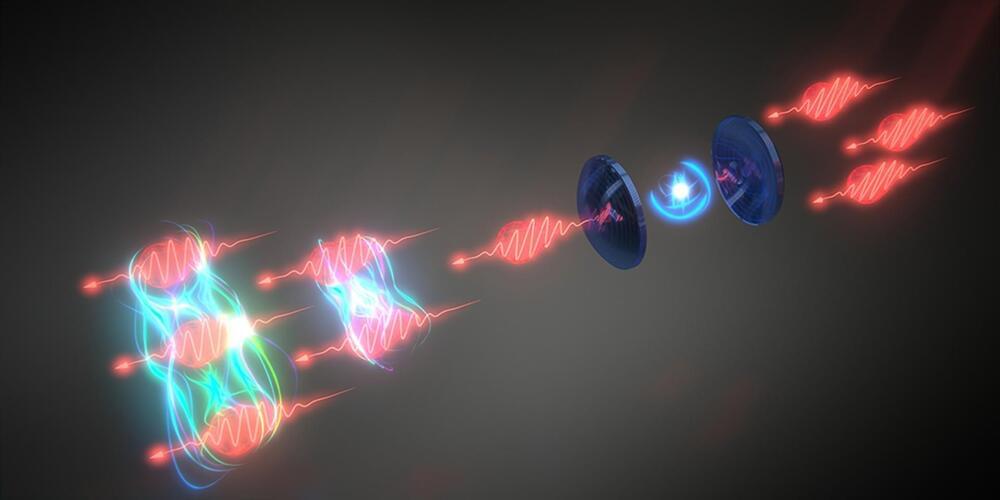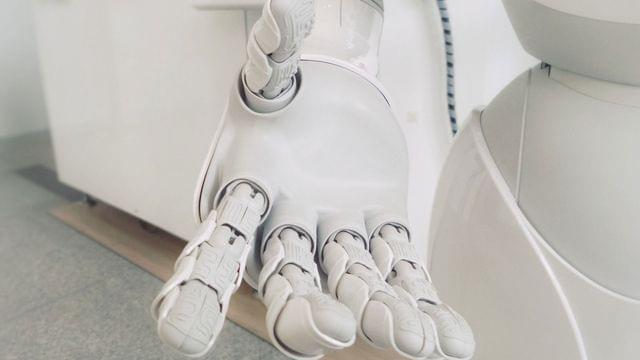During a tense opening weekend at SXSW, following the sudden collapse of Silicon Valley Bank which banked nearly half of US venture-backed startups, billionaire investor Mark Cuban sat down with me to discuss options for entrepreneurs trying to secure funds in the midst of unprecedented economic chaos.
“I would encourage people to do their homework,” he said. “This is a learning experience. It’s been a learning experience for me.”
With credit tightening and banks failing, many startups are having a hard time accessing the private equity markets. But fortunately, capital is available from a variety of sources without having to give up equity. Interviews with Mark Cuban and others highlight funds awarding big bucks.







